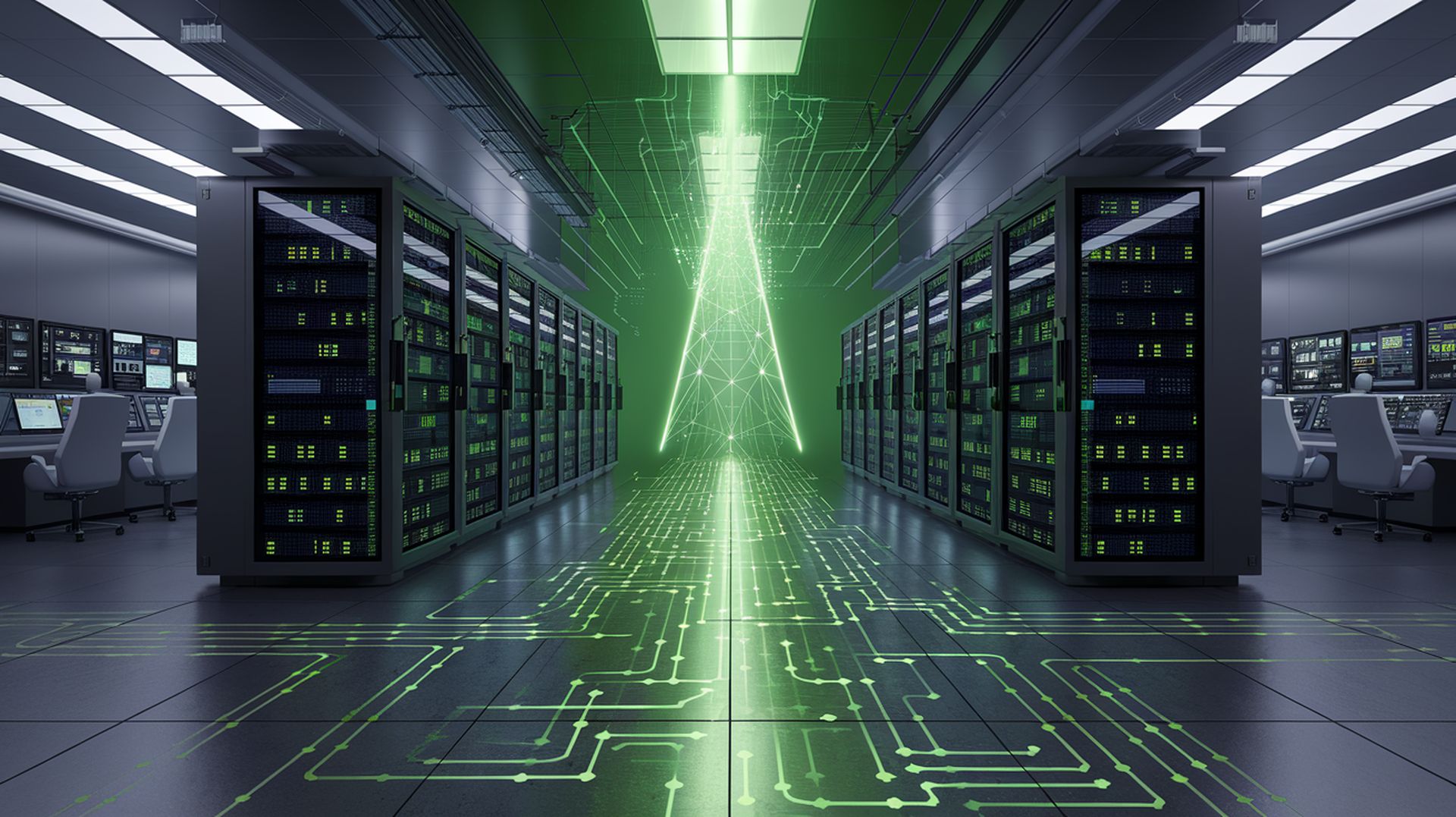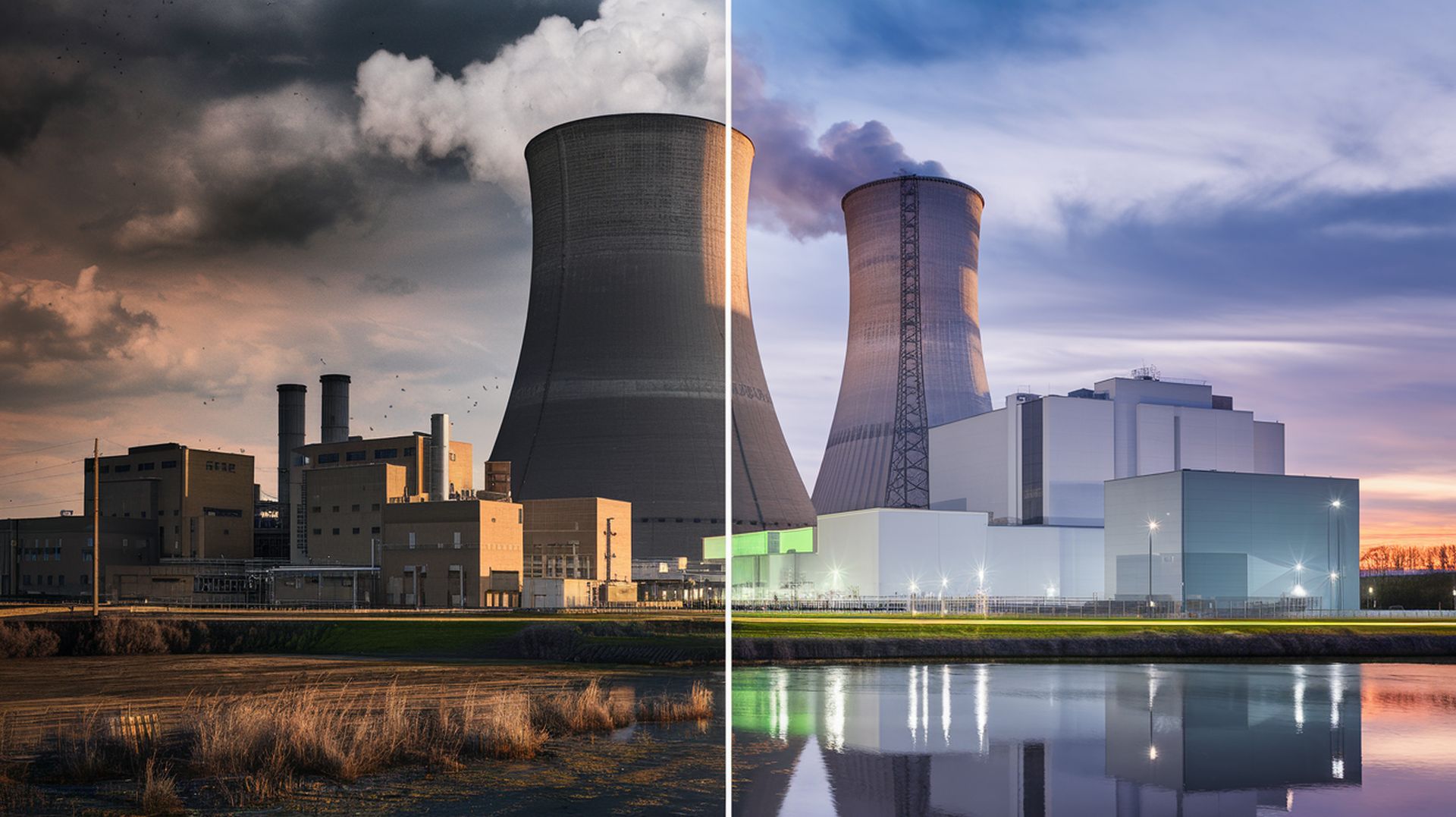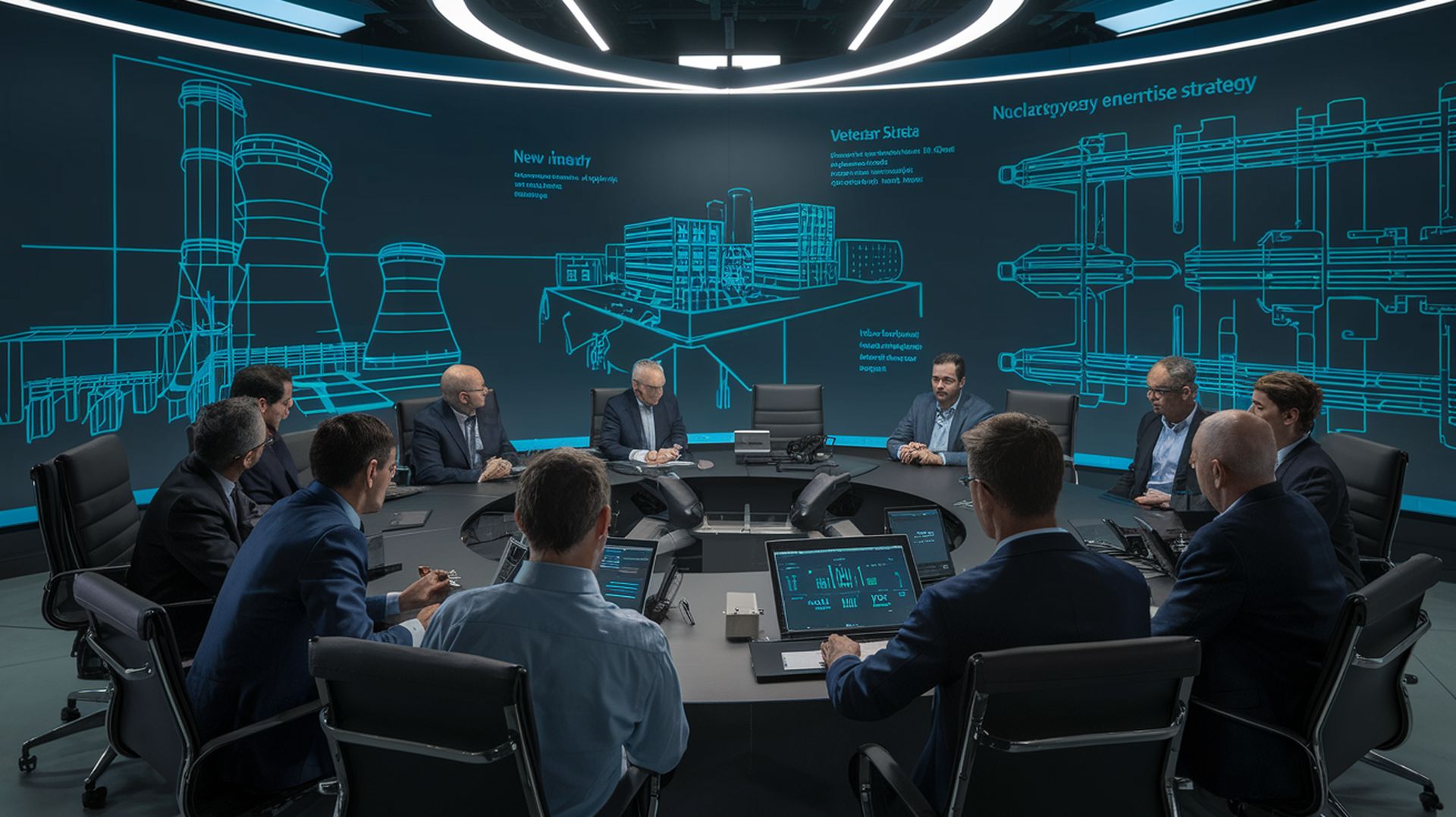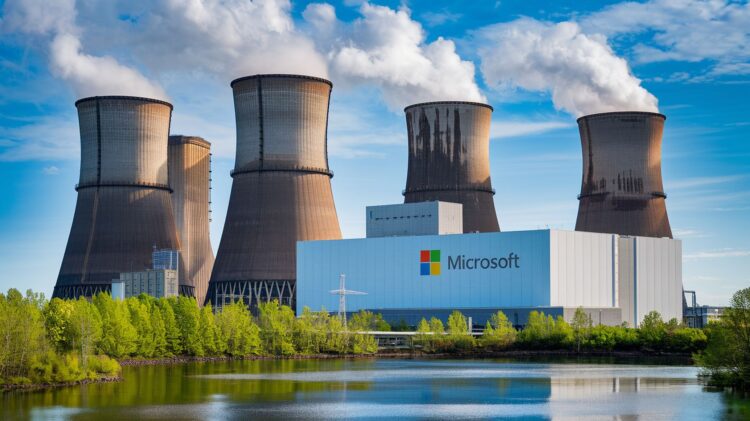Microsoft will power its growing AI data centers with a revived source – nuclear power from the iconic Three Mile Island plant. In a major 20-year deal, the tech giant has signed an 835 megawatt (MW) power purchase agreement (PPA) with Constellation, the owner of the facility. The Three Mile Island facility, notorious for past incidents, is now part of Microsoft’s clean energy strategy.
The plant, which has been offline since 2019, is expected to be back online by 2028. If regulators approve the project, all of the electricity generated will be used to power Microsoft’s data centers in several states, including Pennsylvania, Chicago, Virginia, and Ohio.

Powering AI with nuclear energy
Microsoft’s long-term vision for AI requires large amounts of electricity. Between 2030 and 2050, Microsoft is committed to zero carbon emissions. But with the current AI craze, many big companies, including Microsoft, are building data centers that require massive amounts of power. While hydroelectric and coal power pierce our atmosphere, nuclear, solar, and wind power have no direct impact on the environment. Humanity has not yet been able to produce large amounts of energy from solar and wind energy, so Microsoft is using nuclear energy. If the necessary precautions are not taken, nuclear energy production has radioactive consequences in an unusually bad situation, even though carbon emissions are low. To put 835 MW into perspective, that’s enough energy for 800,000 American homes.
At 20 years, the deal is one of Microsoft’s longest PPAs and underscores the company’s strategy to ensure that carbon-free energy sources power its AI operations. Nuclear power, which produces consistent and reliable electricity, is becoming an important part of Microsoft’s broader sustainability goals. Bobby Hollis, Microsoft’s Vice President of Energy, emphasized that this partnership is an important step in the company’s decarbonization efforts as it seeks to reduce its environmental impact while meeting growing energy demands.
While details of the financial terms remain under wraps, Constellation’s $1.6 billion investment to restart the idled Three Mile Island reactor is no small step. The reactor, which was too costly to keep running, will return under a new name – the Crane Clean Energy Center – in honor of Constellation’s former CEO, Chris Crane.

Three Mile Island’s second chapter
Some may recognize the name “Three Mile Island” due to its association with a well-known nuclear incident in 1979. During that period, the plant gained attention for going through the most extreme nuclear meltdown in U.S. history. The event took place in Unit 2, where a partial meltdown caused widespread fear and long-term examination of nuclear power in the United States. While the disaster did not result in any immediate fatalities, it had a lasting effect on how the public views nuclear power. Currently, Unit 2 is still in the process of decommissioning and serves as a reminder of the importance of nuclear safety.
Nevertheless, Microsoft’s energy agreement does not include the problematic reactor. The 1979 accident did not affect the Unit 1 reactor, from which Microsoft plans to source its energy. Indeed, Unit 1 remained safely operational for many more years. The reactor was shut down in 2019, for economic reasons, marking the end of its operation. It had become too costly to continue running its operations. Now, Unit 1 is receiving a second chance due to the increased focus on carbon-free energy and the rising demand for power from AI.
Thanks to Microsoft’s support, Three Mile Island is ready to once again be in the public eye, not for a tragedy, but as a source of efficient and sustainable nuclear energy.

Nuclear expertise joins the Microsoft team
To spearhead its nuclear ambitions, Microsoft has brought on industry veterans to guide its energy strategy. Last year, the company hired Archie Manoharan, formerly of Ultra Safe Nuclear, and Erin Henderson from the Tennessee Valley Authority to position Microsoft to navigate the complexities of nuclear power.
This isn’t Microsoft’s first foray into nuclear power. The company has made strides in securing clean energy for its AI data centers, with deals like its 24/7 nuclear power agreement with Constellation for its Boydton data center and clean energy credits from Ontario Power Generation in Canada.
More recently, Microsoft has been investing heavily in infrastructure to support the growth of AI. The tech giant is backing a $30 billion BlackRock initiative for AI infrastructure, which will include both data centers and energy sources such as nuclear power. Earlier in 2024, Microsoft also signed a $10 billion, 10-gigawatt deal with Brookfield Asset Management to bolster its energy footprint for AI operations.

Competition heats up among tech giants
While Microsoft leads the way with its Three Mile Island revival, competitors are also making moves to secure reliable, large-scale power sources. Amazon Web Services (AWS) made headlines earlier this year when it acquired a data center campus near Pennsylvania’s Susquehanna Steam Electric Station, another nuclear power plant. AWS paid $650 million for the property, generating up to 960 MW. The competition doesn’t stop there-Oracle is also planning to power a future data center with three small modular reactors (SMRs), though specific details on that project are scarce.
As Microsoft and its rivals race to secure power for their AI expansions, nuclear energy is emerging as a key player in the future of data centers. With the Crane Clean Energy Center set to come online in 2028, Microsoft is betting big on nuclear to power its AI and cloud operations, ensuring a stable and carbon-free energy supply for decades to come.
Image credits: Furkan Demirkaya/Ideogram





